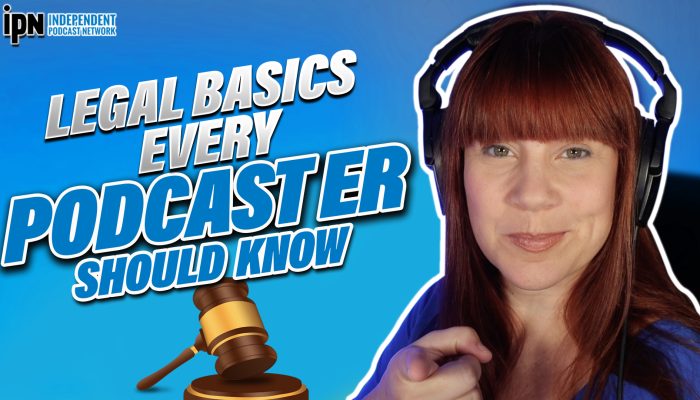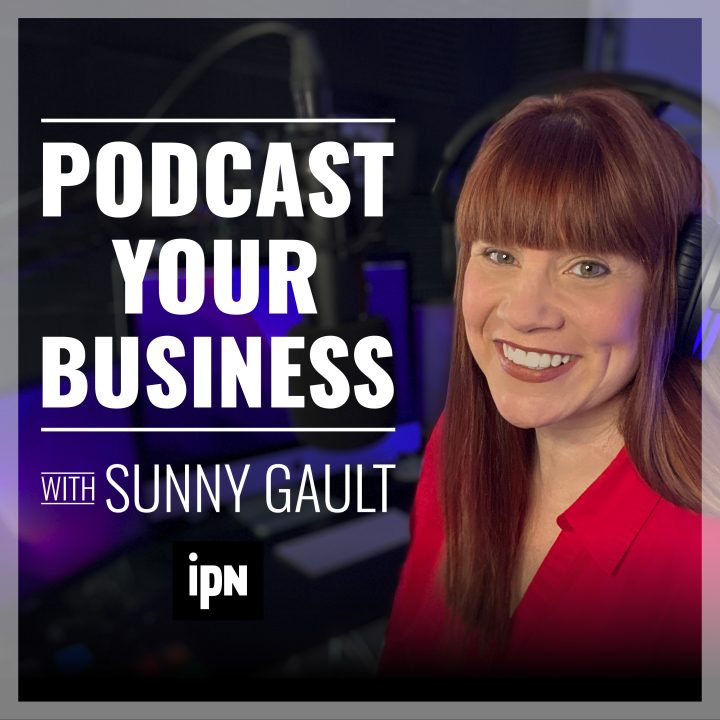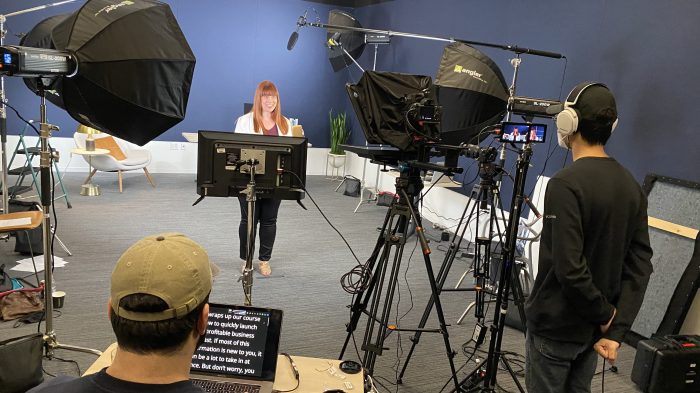
A compelling podcast tells a great story. It takes listeners on a journey, revealing new insights and perspectives along the way. But, crafting a structure that tells your story in a way that keeps your audience engaged from start to finish is not an easy task. So, this article teaches you the techniques for shaping a captivating story arc that leaves your listeners at the edge of their seats.
Hook the Listener in the Opening
The opening moments of your podcast episode are crucial for capturing attention and conveying what the show is about. Here are some tips for crafting an effective introduction:
Start with an Enticing Soundbite
Consider including a short, intriguing audio clip from later in the episode right at the top. This could be an emotional statement from an interviewee, a surprising statistic, or an audio excerpt that sets up the central question or conflict. Even 10-20 seconds of audio can help grab the listener’s interest upfront.
Pose an Intriguing Question
Open with a curiosity-gap hook by raising a compelling question the episode will explore. This gives the listener a reason to stay tuned for the answer later on. Make it a focused, answerable question on a specific topic.
Share an Impactful Personal Story
If you have a brief, relevant anecdote to share from your own life, starting with a personal story can help humanize the episode and allow listeners to connect with you right away. But, make sure to keep it concise and purposeful.
Provide Context and Frame the Topic
Briefly explain what the central focus or theme of the episode will be and why it matters to listeners. Giving an overview of the key ideas, questions, and topics sets the scene.
Establish Characters and Context
Spend time introducing central “characters” and providing context for the listener early on. Here are a few details you can share that help make people and places come alive:
- Introduce important voices: When featuring interviews, describe who the guests are and their backgrounds when you first introduce them. Details like where they live, their profession, their passions, and their connections to the story help listeners stay engaged.
- Set the scene with descriptions: If places factor into the story, paint a picture with sights, sounds, and textures. Transport the listener there imaginatively through colorful, vivid language and audio clips of ambient noise.
- Explain necessary background: Provide enough context about related events, history, or concepts so listeners understand the foundations. Present the backstory clearly and concisely with a focus on sensory and personal details.
Pose the Central Question
After hooking the listener and establishing a few key characters with context, you can start articulating the central question or mystery that the rest of the episode will unpack. This central question acts as the narrative thread that listeners follow to understand your story.
One aspect every great central question or mystery has is specificity. So, make the question specific enough to dig into deeply but broad enough to allow different perspectives to emerge. Avoid questions with a simple yes or no answer as well as questions that already have a definitive answer.
When framing your question, keep it open-ended and use thought-provoking language that stirs curiosity and a sense of anticipation. “What’s the real story behind…” is a classic open-ended and thought-provoking question that keeps the listener guessing while still providing specific questions.
For choosing the actual question you want to ask, make sure to use one that tightly aligns with the most interesting aspects of the broader theme or subject of the season. Use a question that dives into a specific portion or timeframe of the season’s subject. This keeps episodes tied together while still keeping each episode fresh and enticing.
Reveal Complications Through Chapters
Similar to how your episode’s question should be a distinct portion of the season’s main question, you can also break up your episodes into distinct segments or chapters. Creating a script for your episodes makes this much easier. Within these distinct segments or chapters, you can dive into a separate portion of the question for the episode as a whole. To break your episode up into effective chapters:
- Plan segments to build on each other: Organize your sections intentionally so that they connect and take the listener to the next logical step. Construct a progression that flows naturally from one facet of the question to the next.
- Vary format from section to section: Shift between interviews, narration, and mixed audio elements like quotes and music. Changing the format and voices from chapter to chapter keeps each one dynamic.
- Pose new questions: Close each segment by raising a new related question for the next section to address. This propels the story forward and allows you to hone in on different angles.
Provide a Resolution to the Central Question
The end of the episode should provide a payoff and close the loop on the narrative arc established early on. Connect back to the central question of the episode and how that ties into the main theme of the season. Here are a few tips for creating a resolution that makes listeners want more.
Summarize Key Insights
Gather the main takeaways and insights around the central question that emerged during the episode. Synthesize rather than just restate points already covered.
Add a New Revelation
Consider introducing one new perspective, detail, or twist near the end that gives a satisfying sense of conclusion. This could come from an interviewee or your narration.
Look Ahead
Close the loop on the narrative arc while also giving listeners something to look forward to. For example, pose a new question raised by this episode’s exploration that could be unpacked in a future installment.
Conclusion
Crafting a compelling narrative for your podcast episodes requires careful planning to connect every aspect of the episode to the central question and theme of the season. It takes some practice and testing to get right. But, with the right techniques at your disposal, you can consistently tell enticing narratives that keep listeners wanting more.








